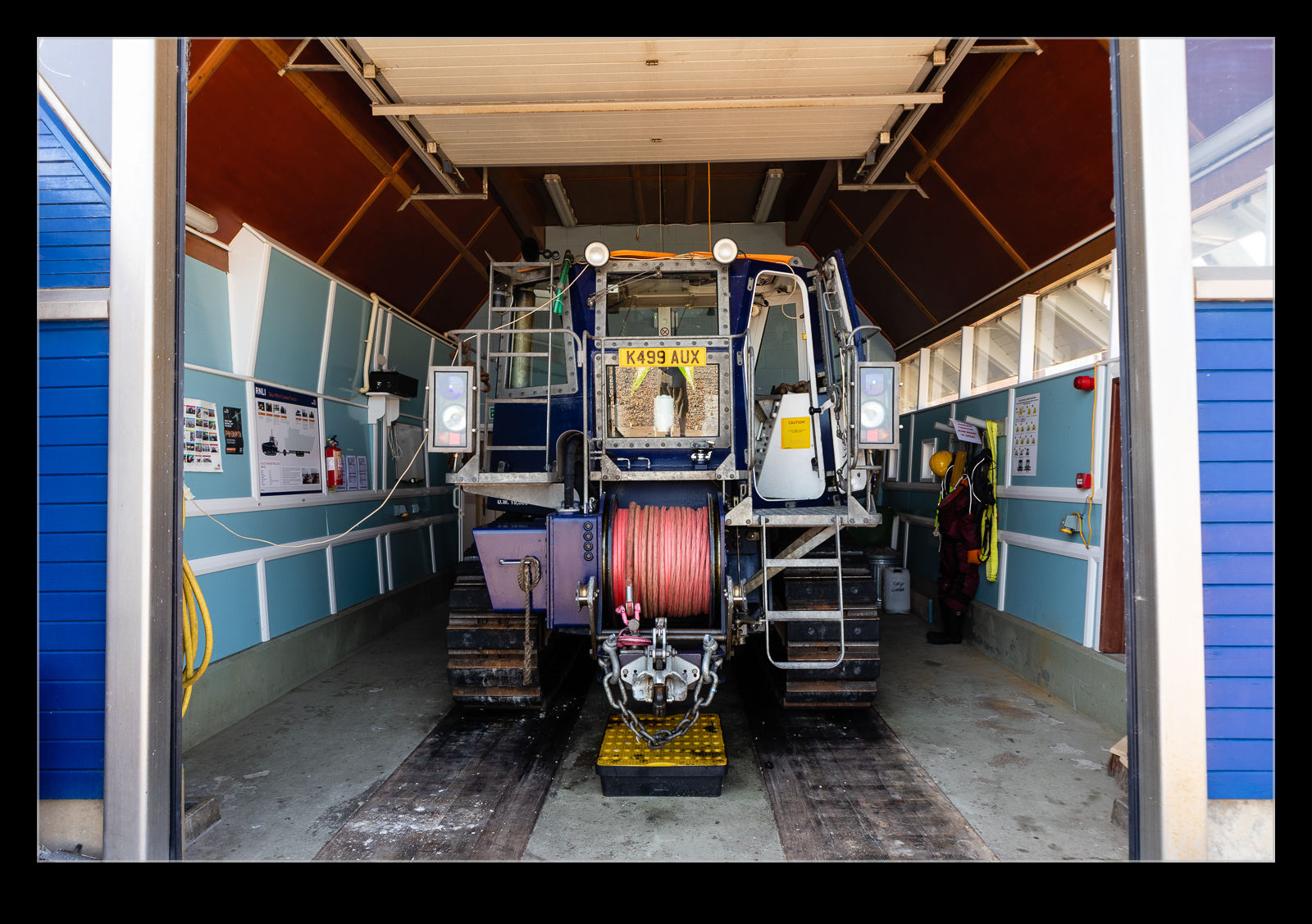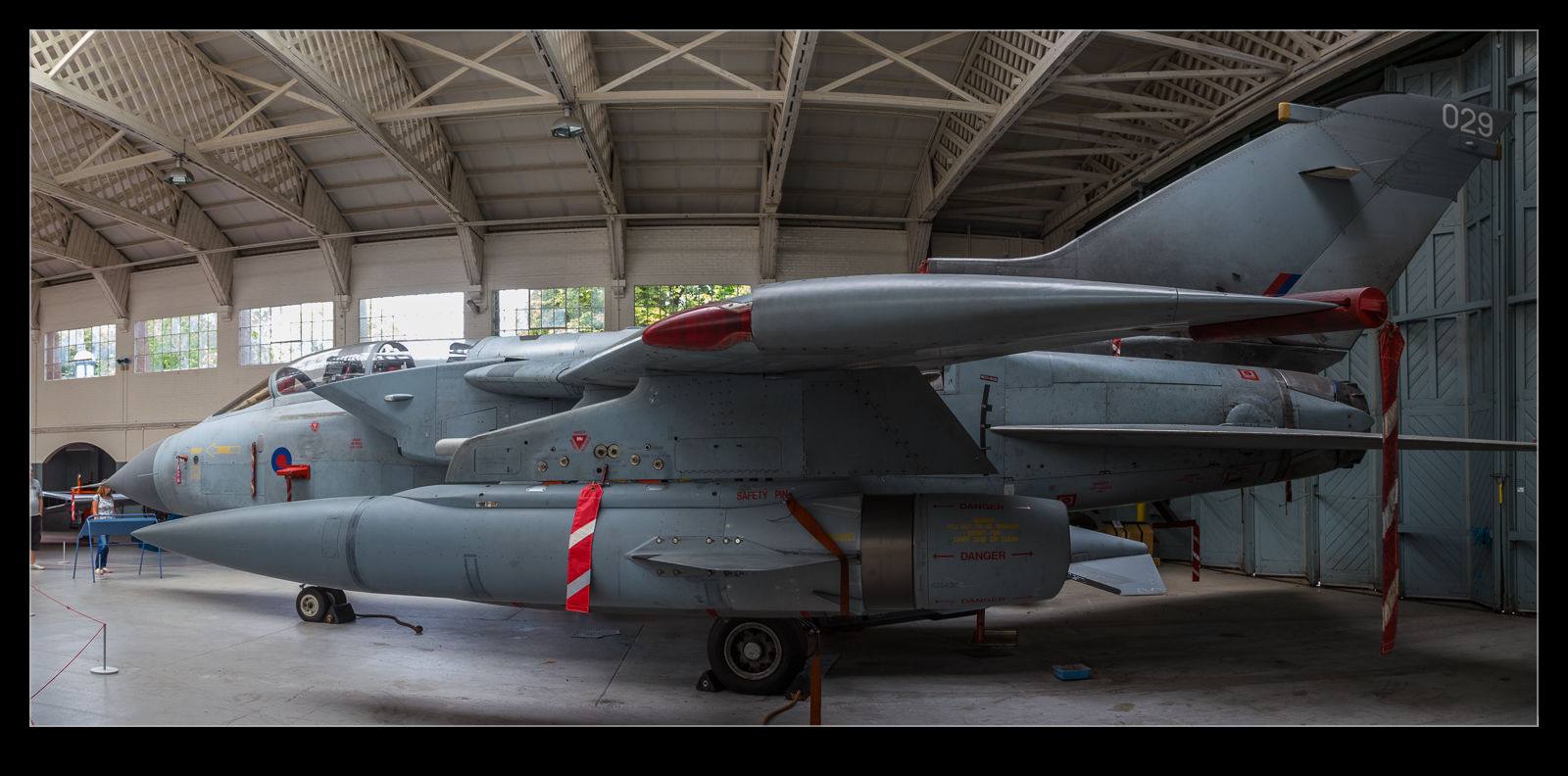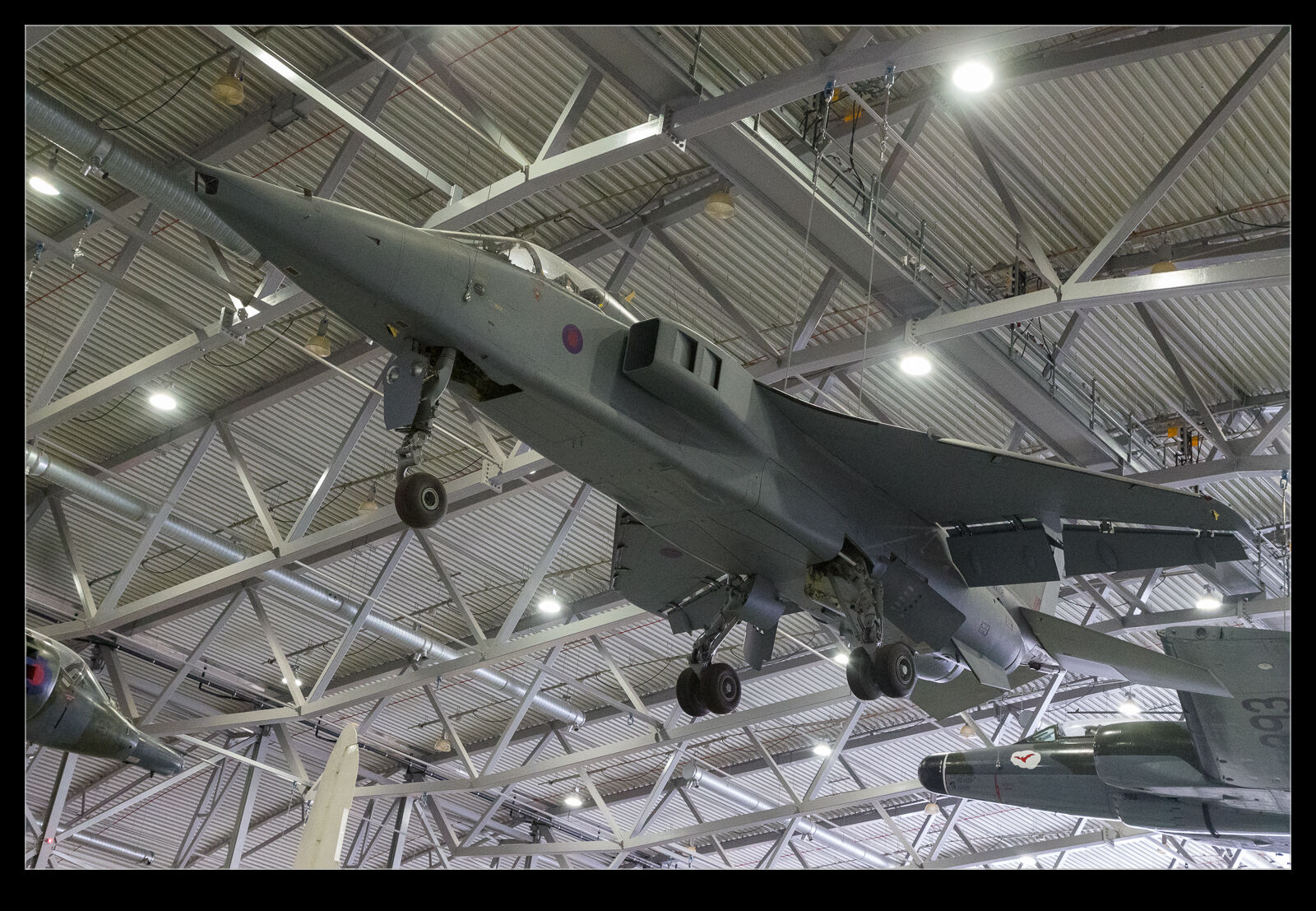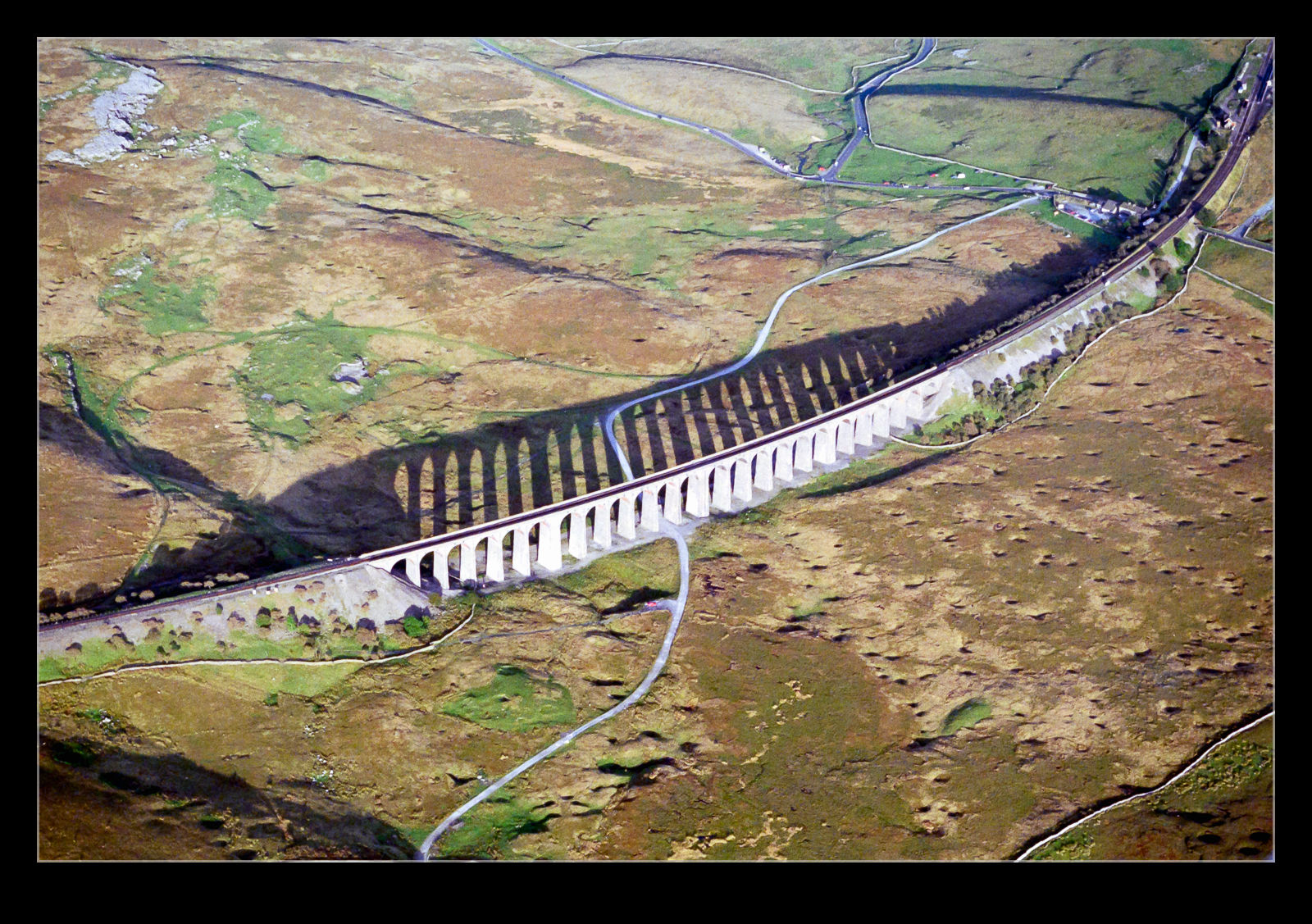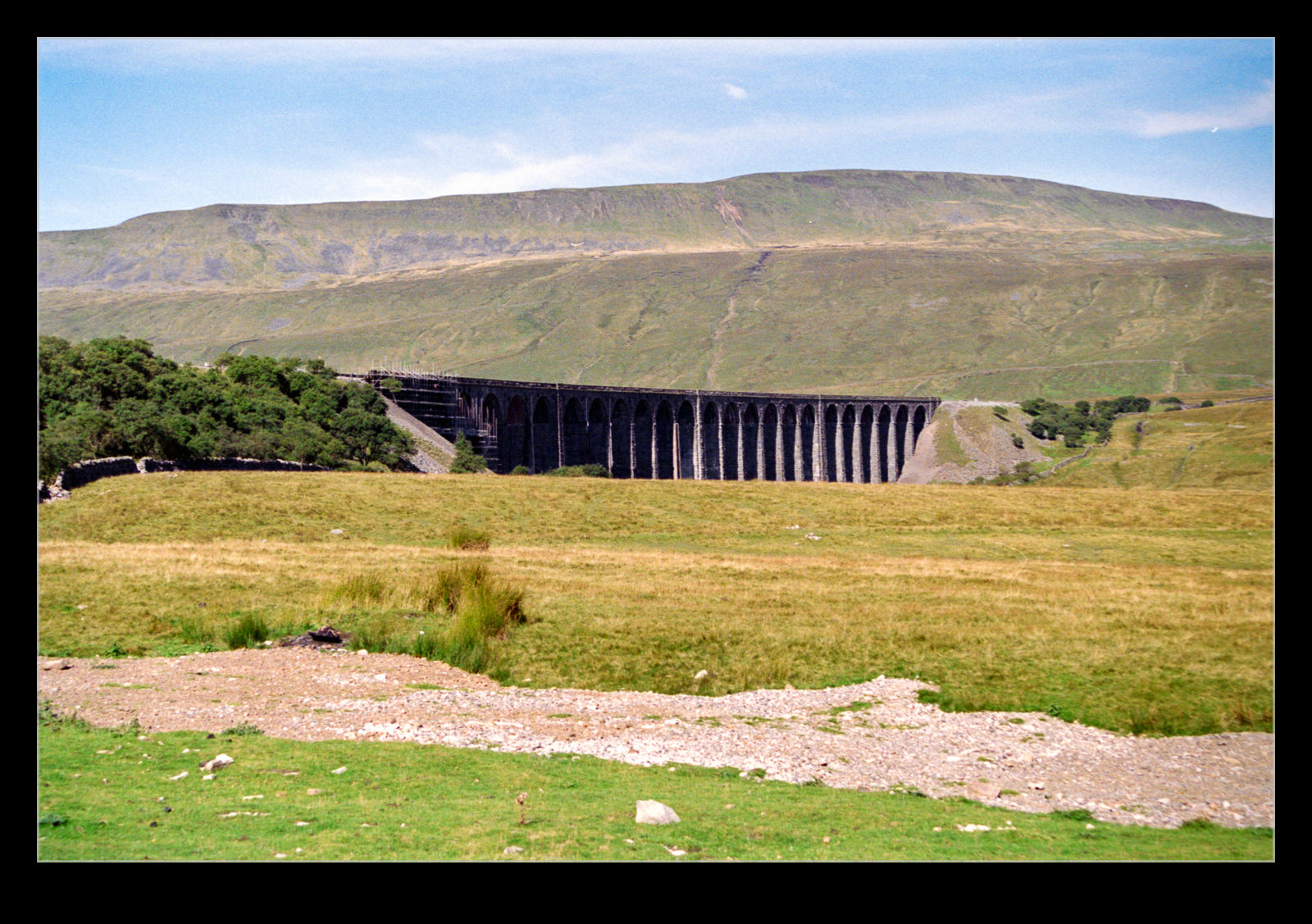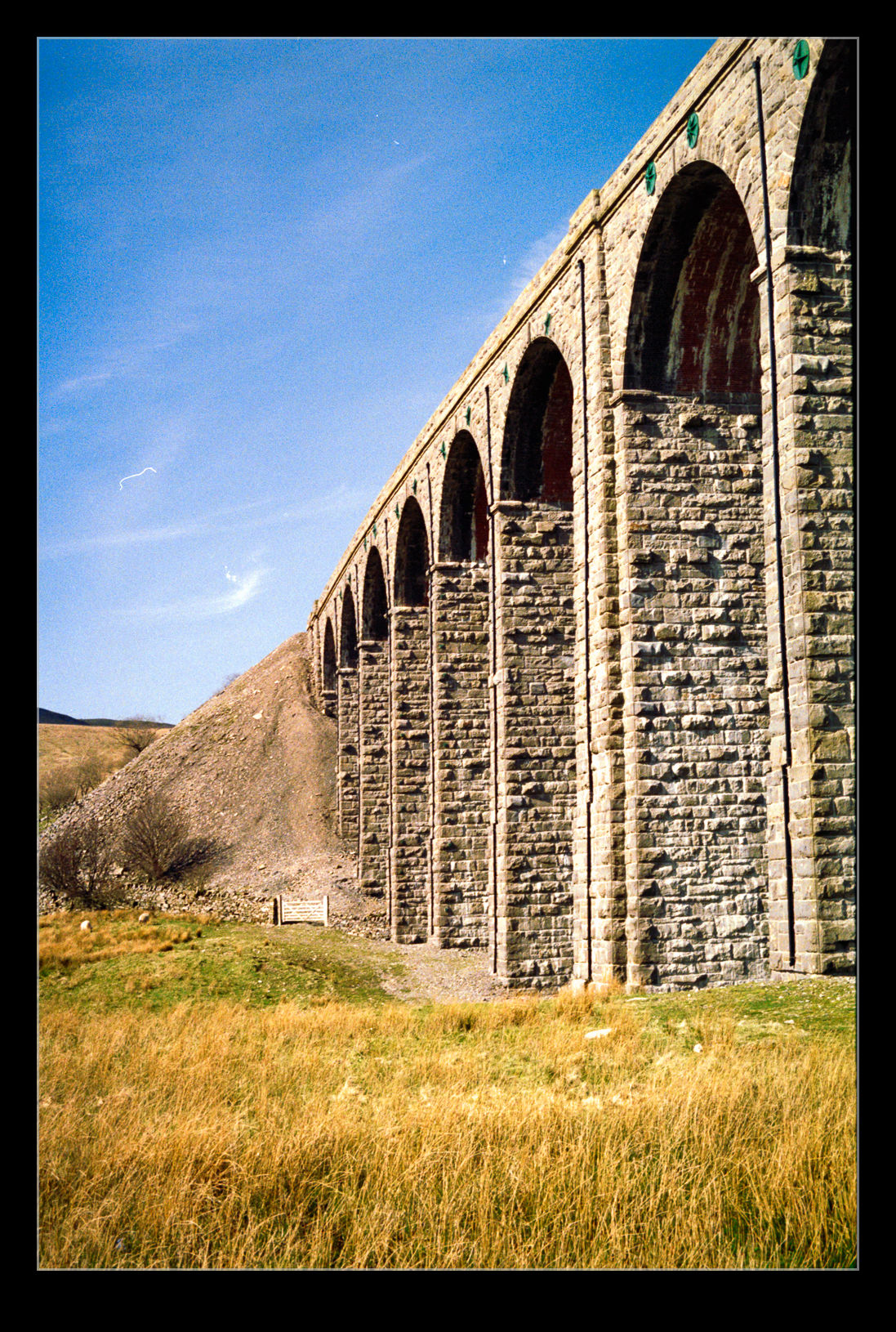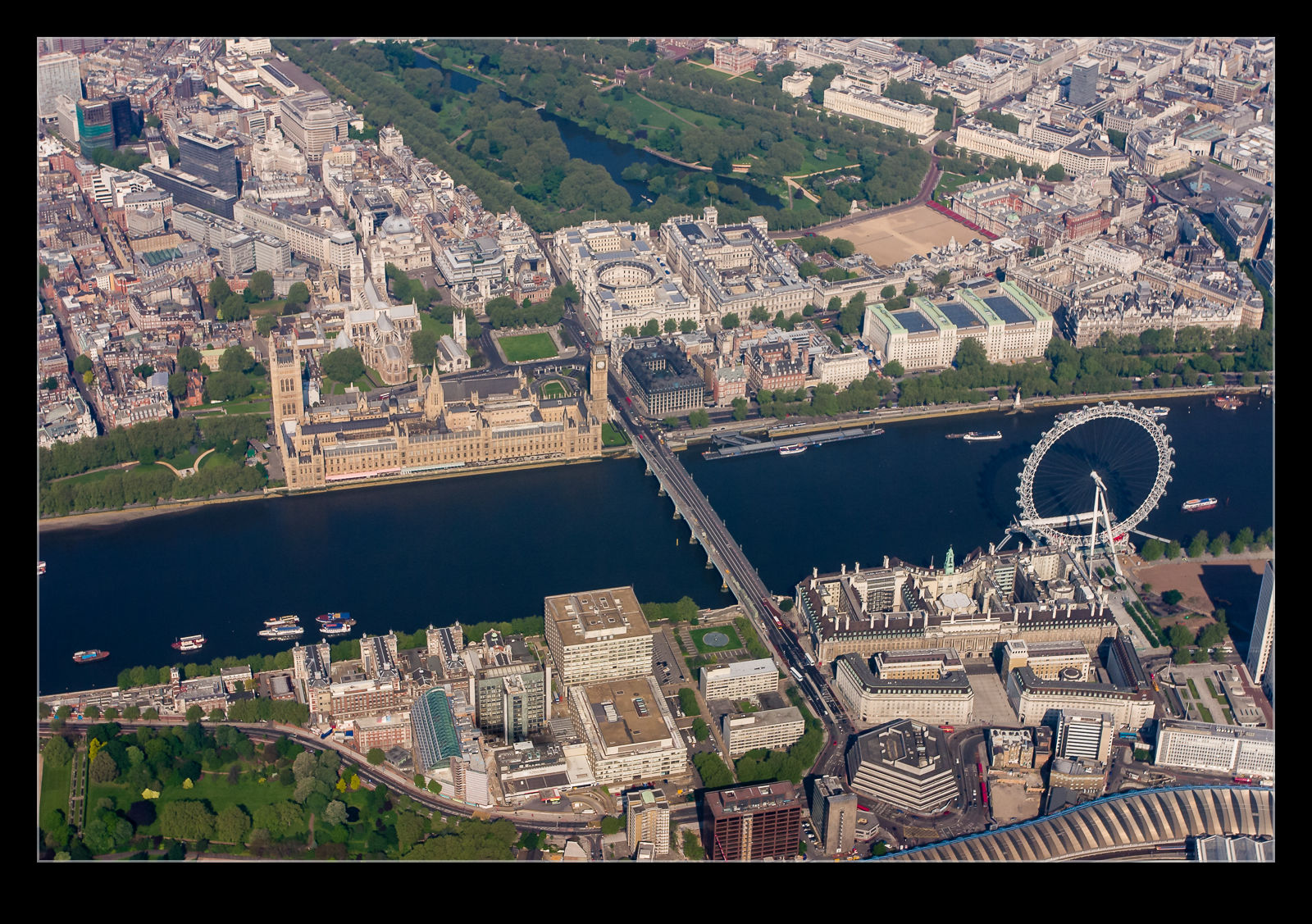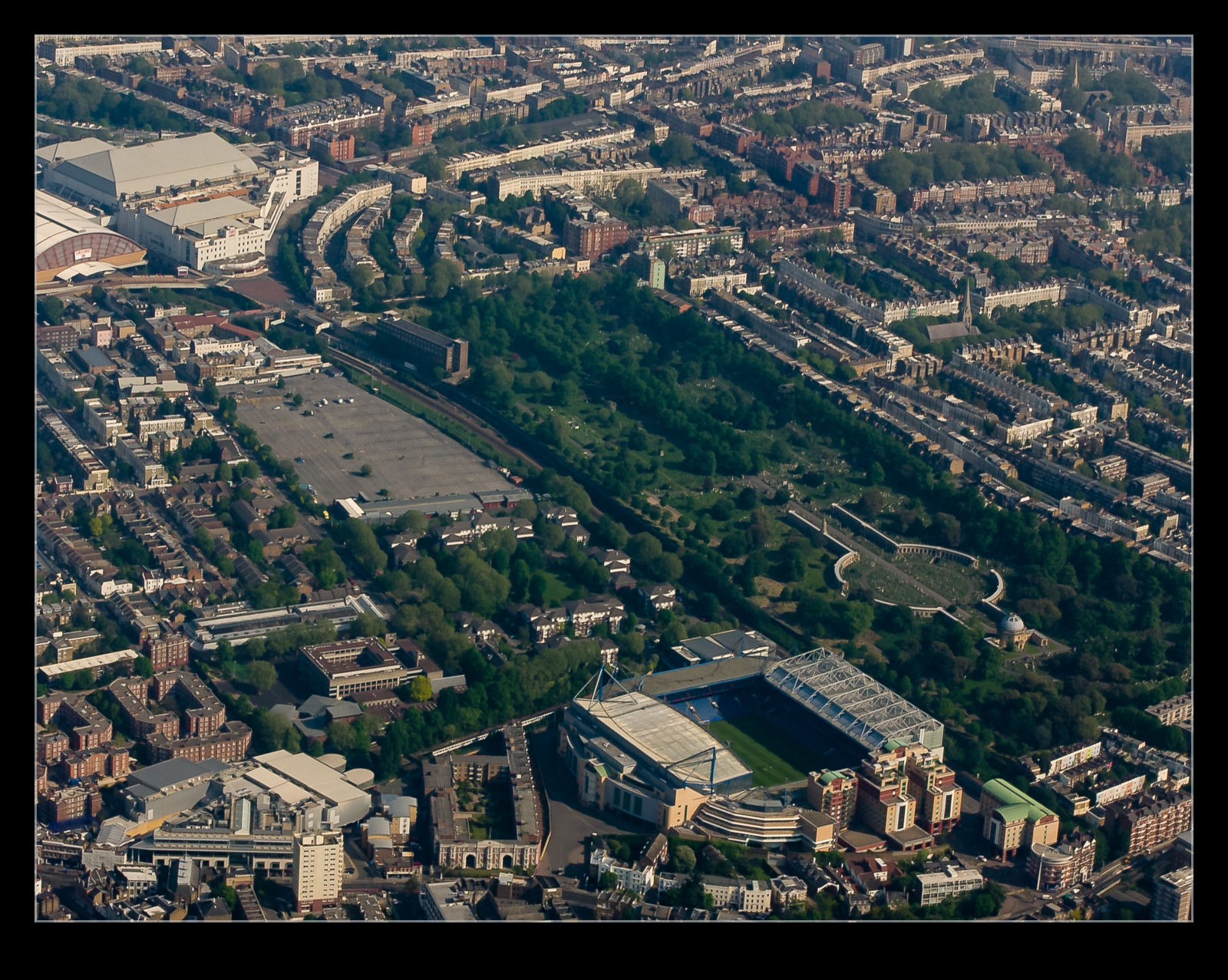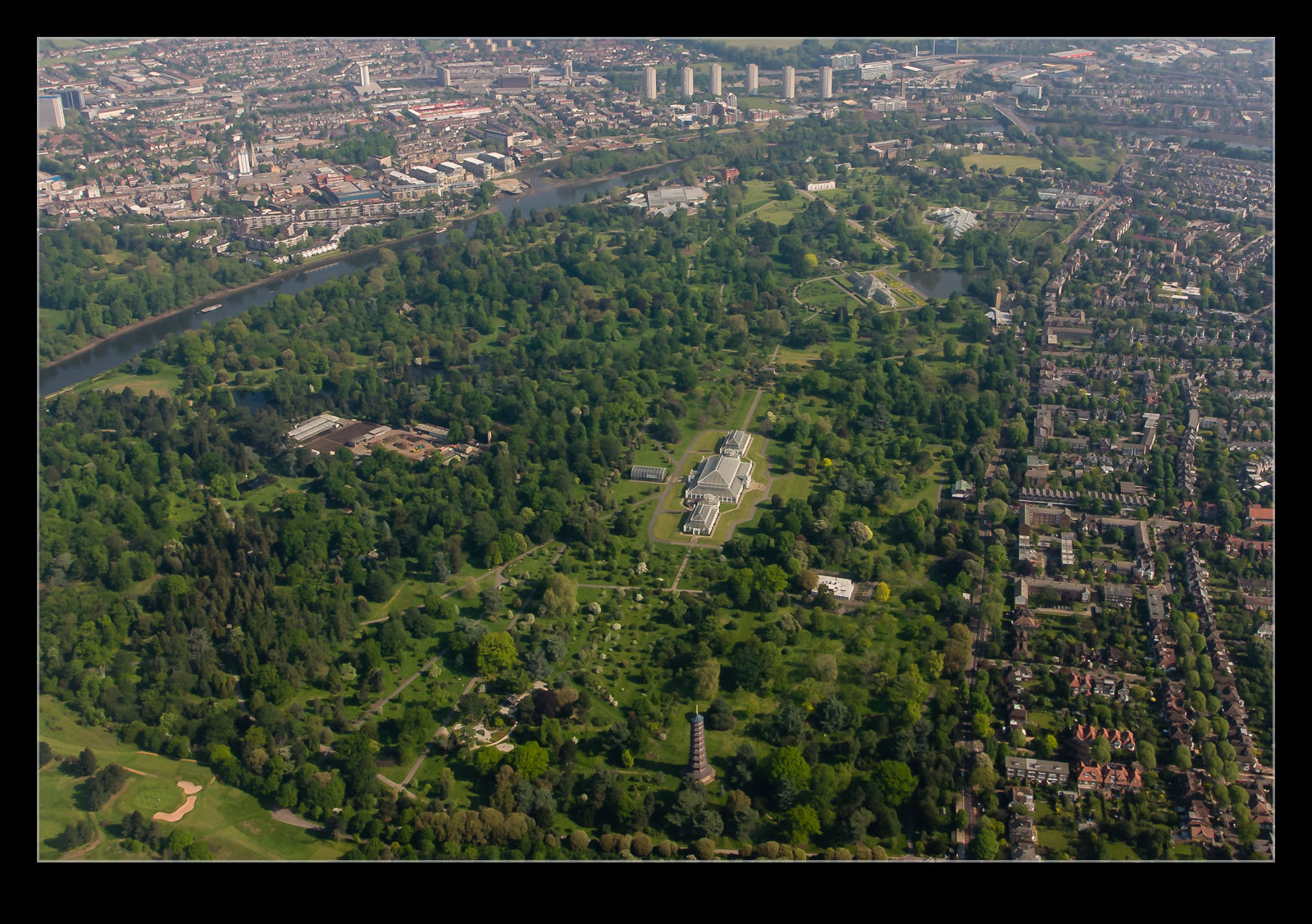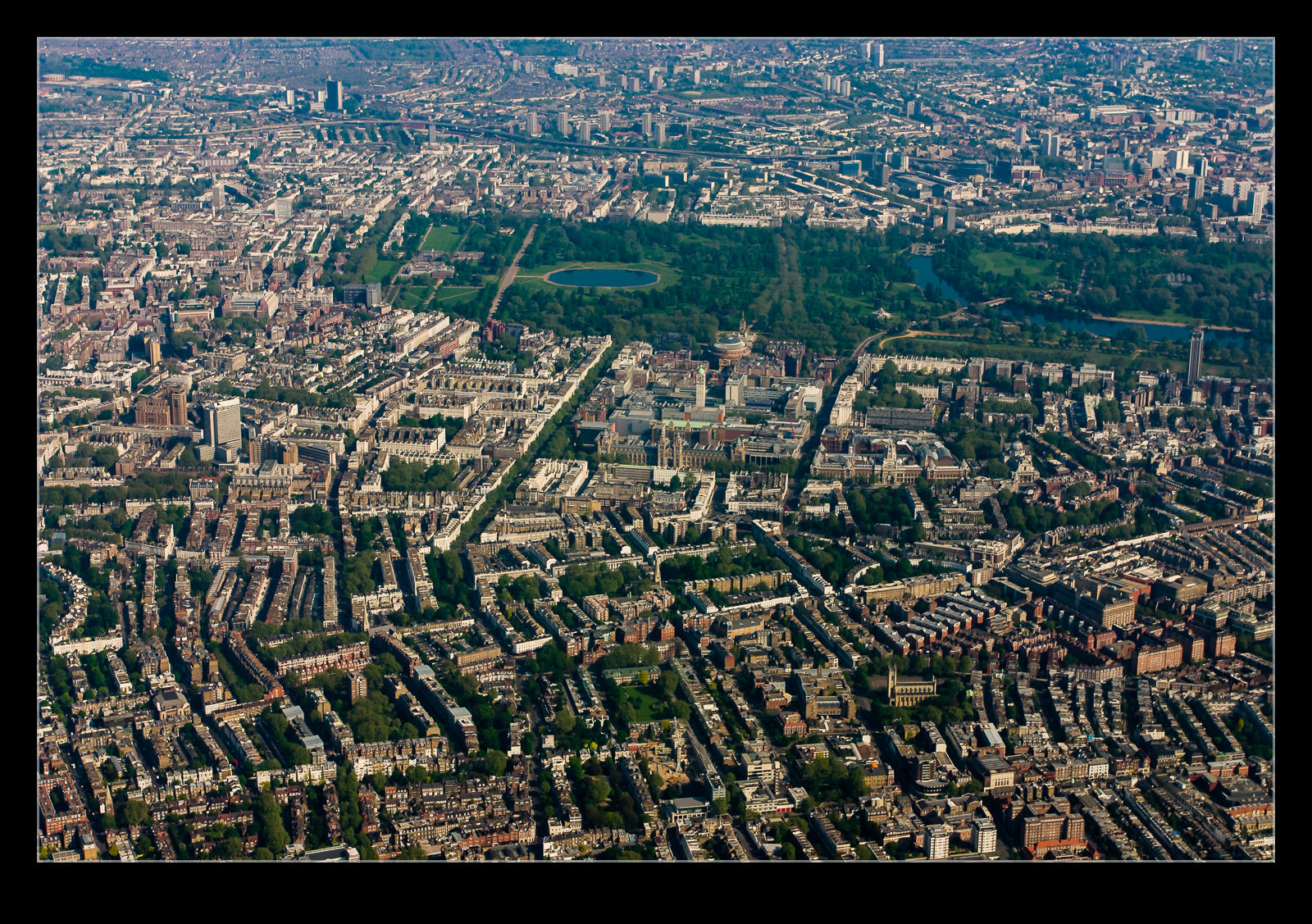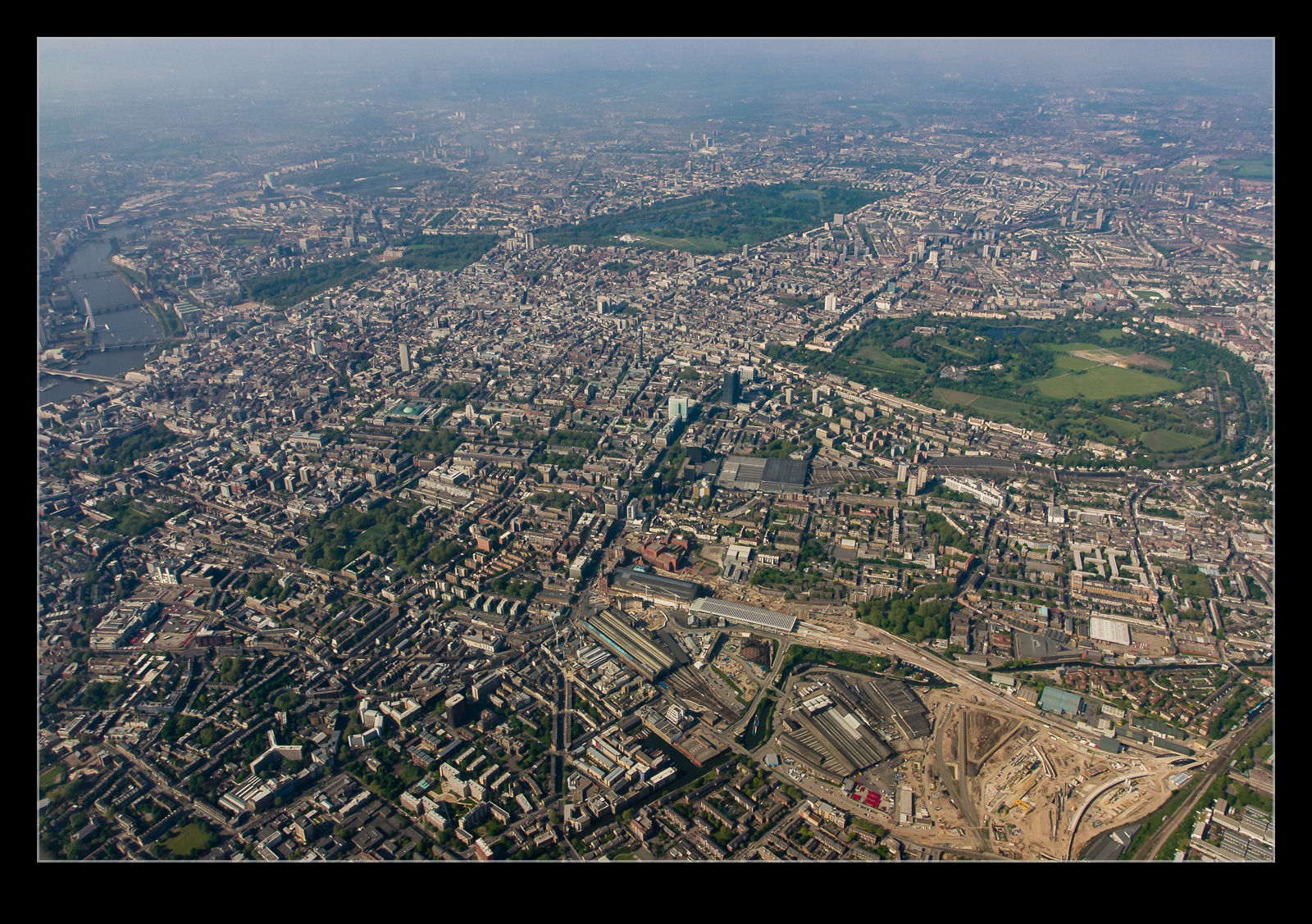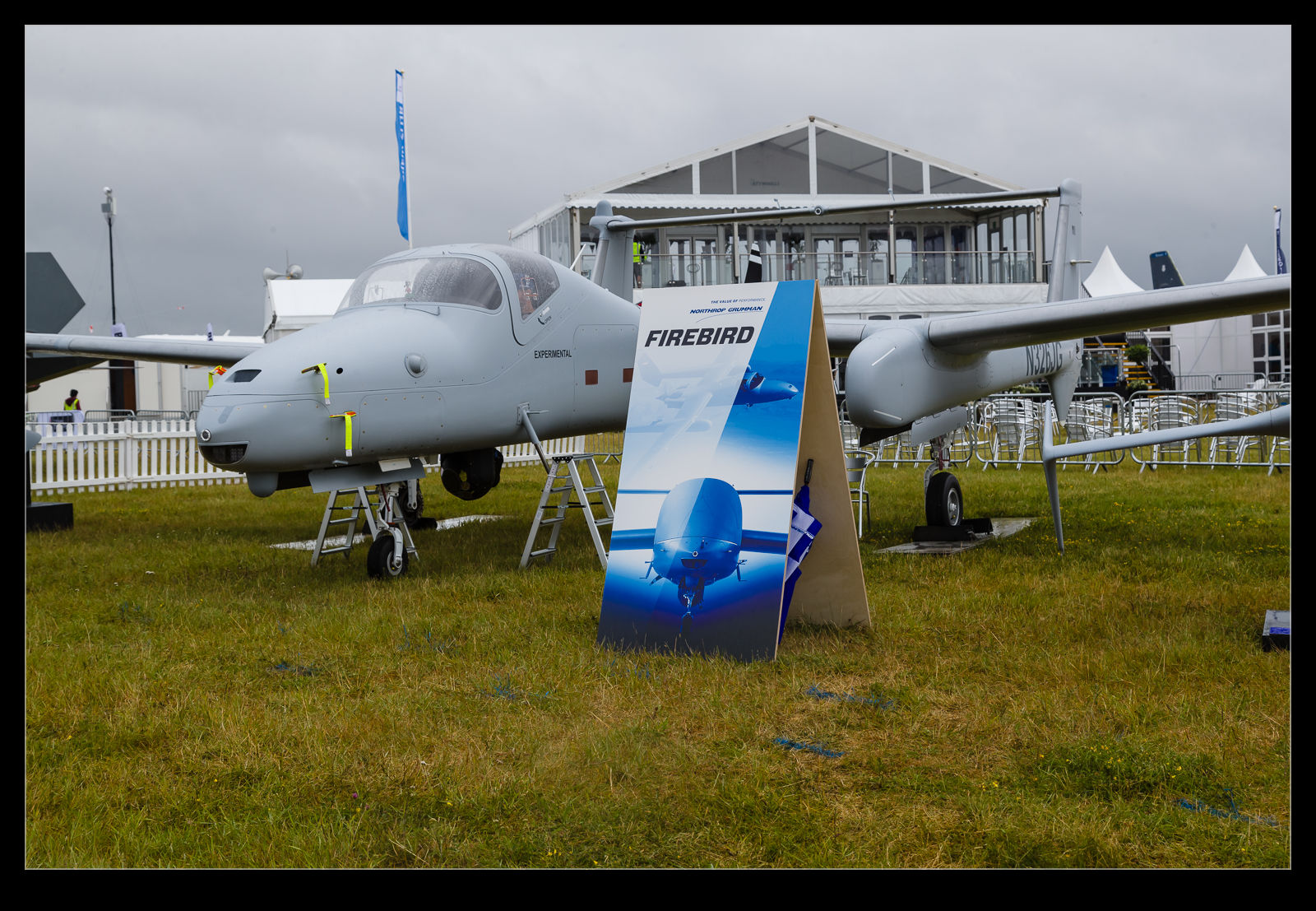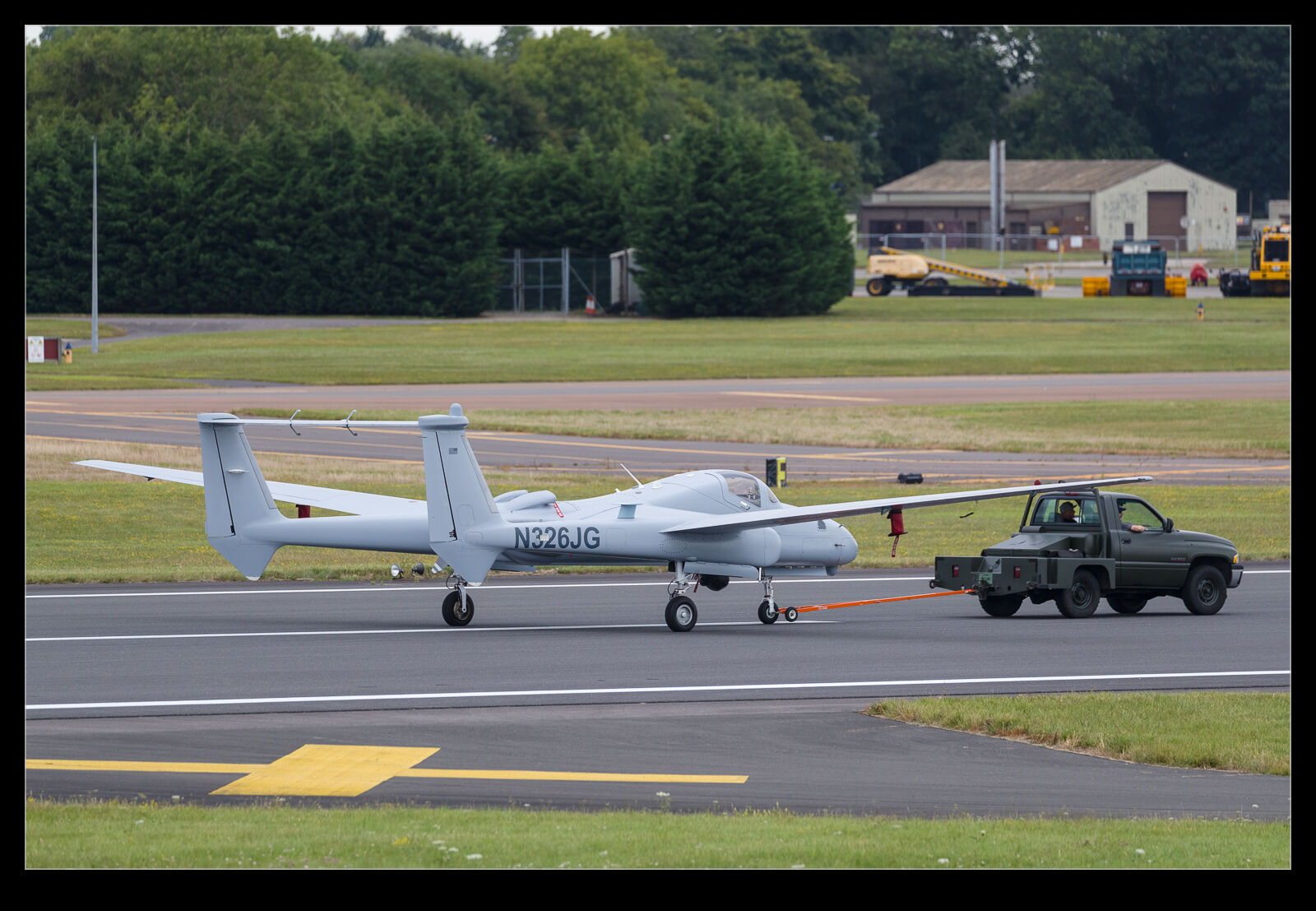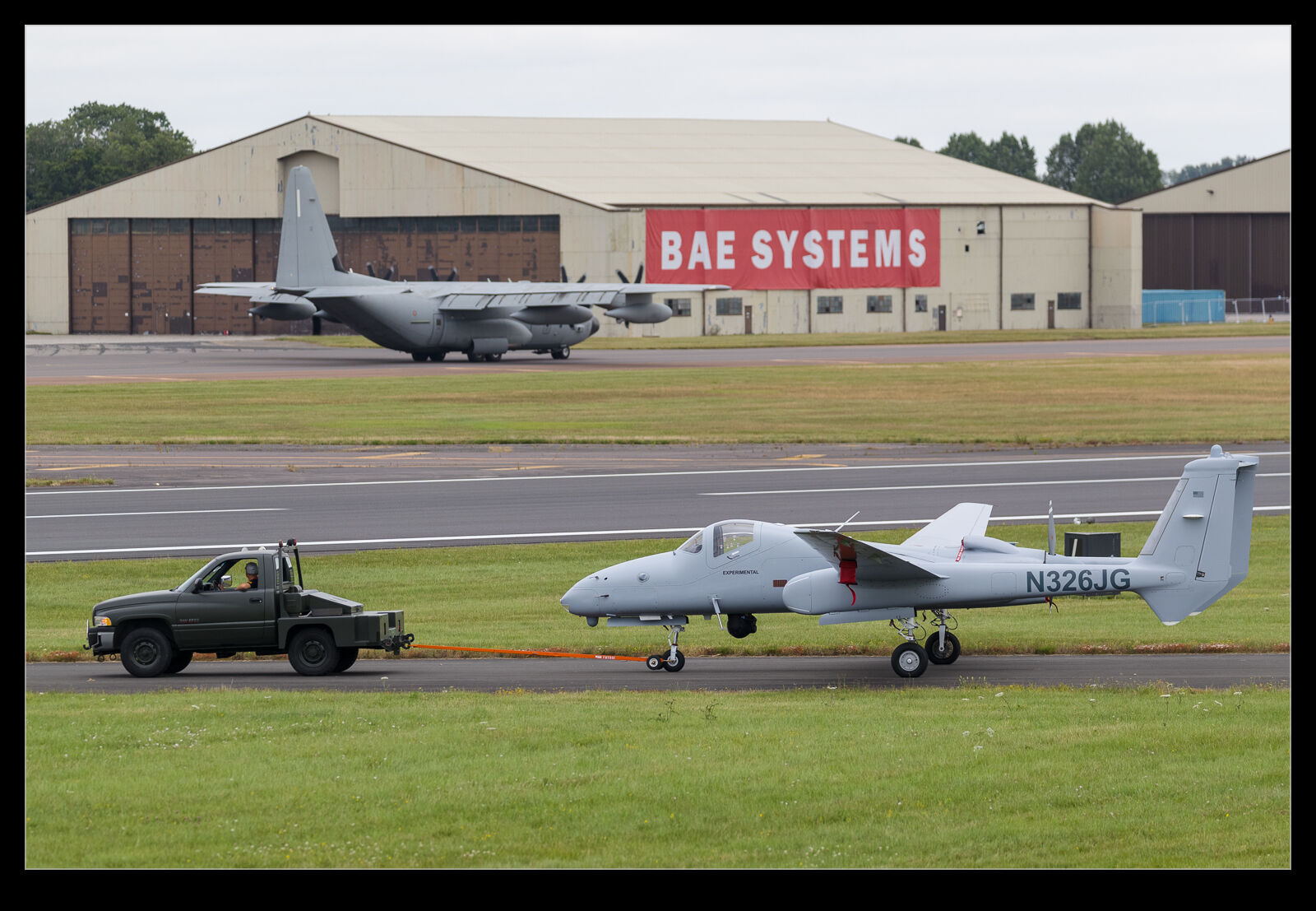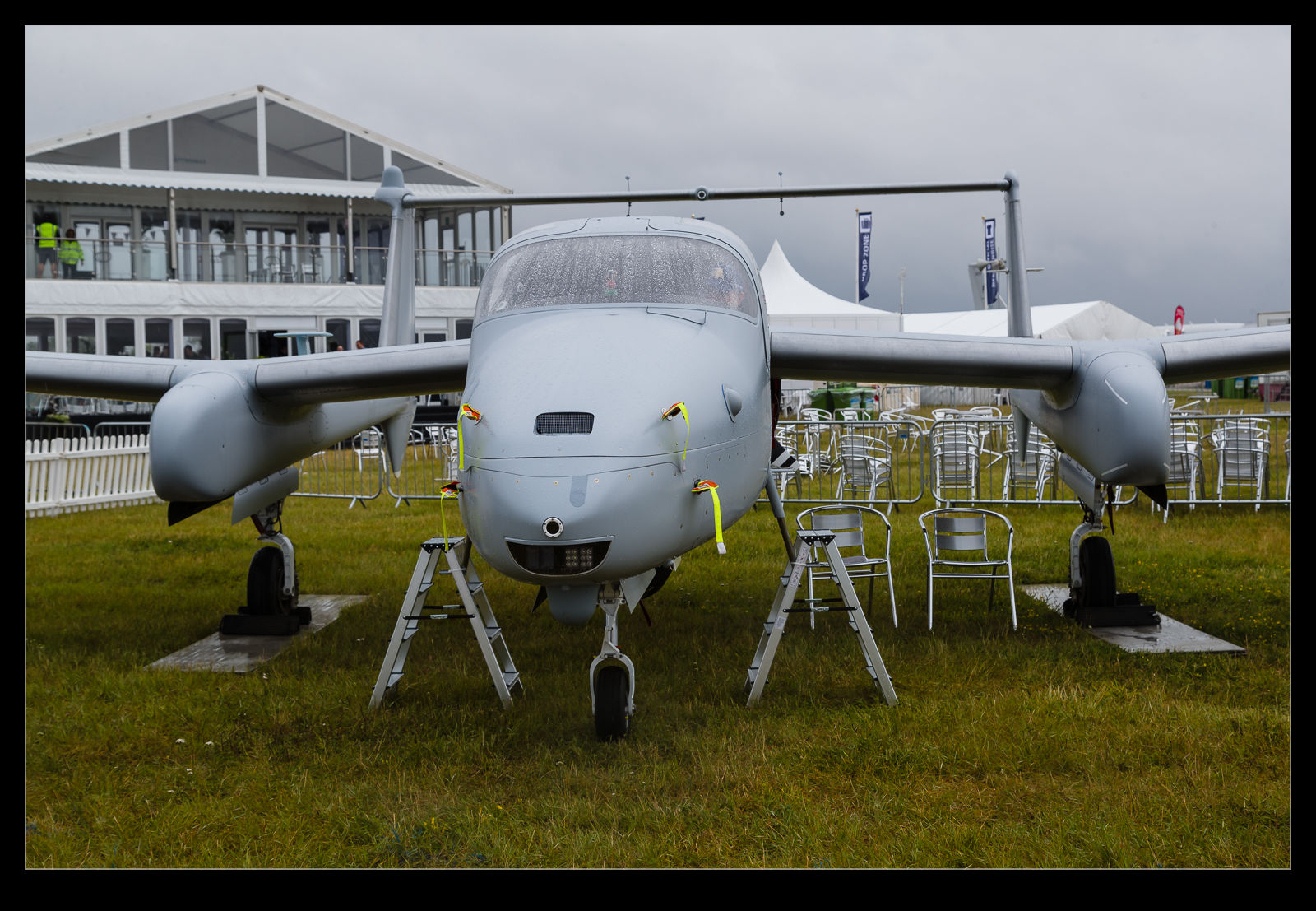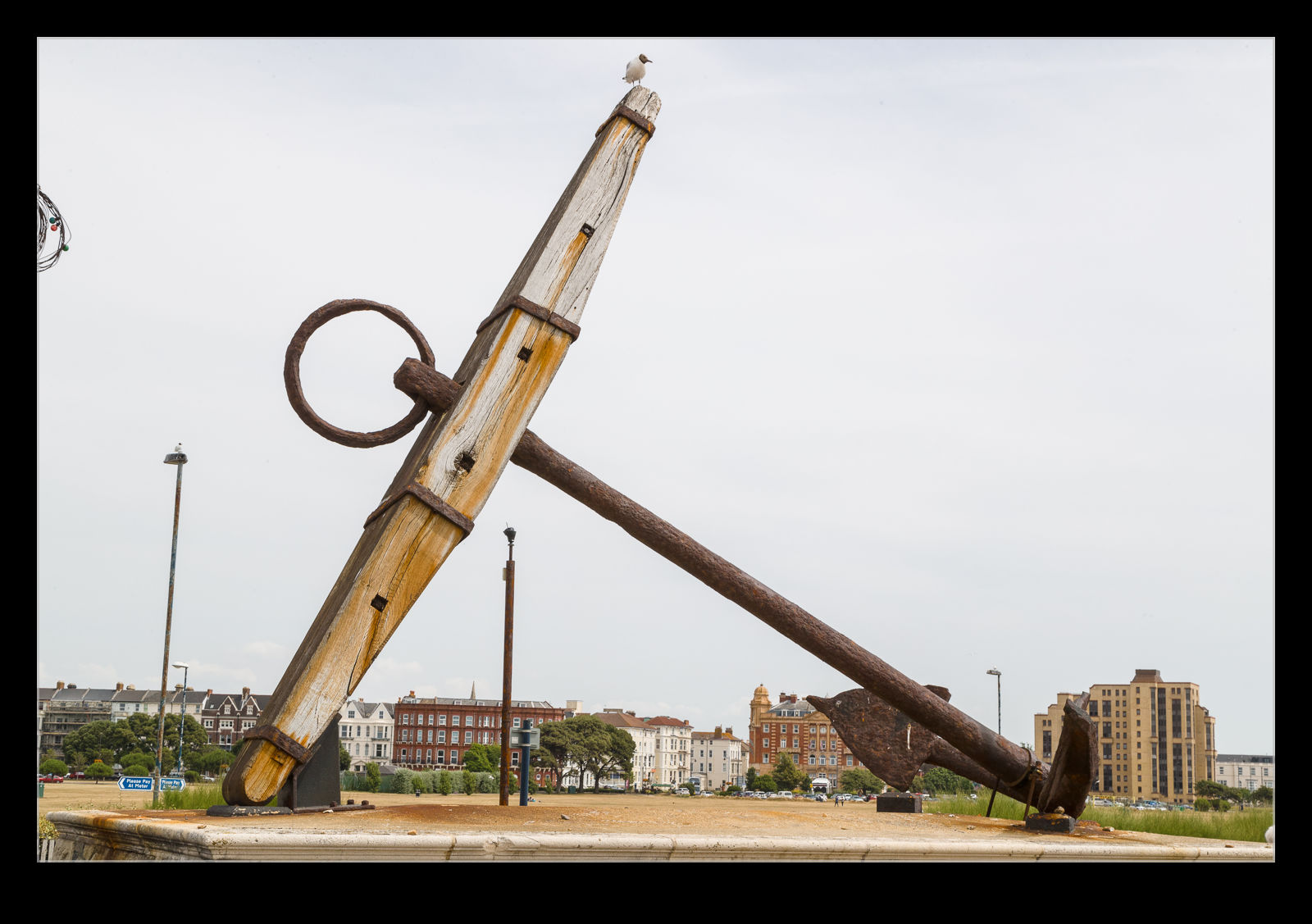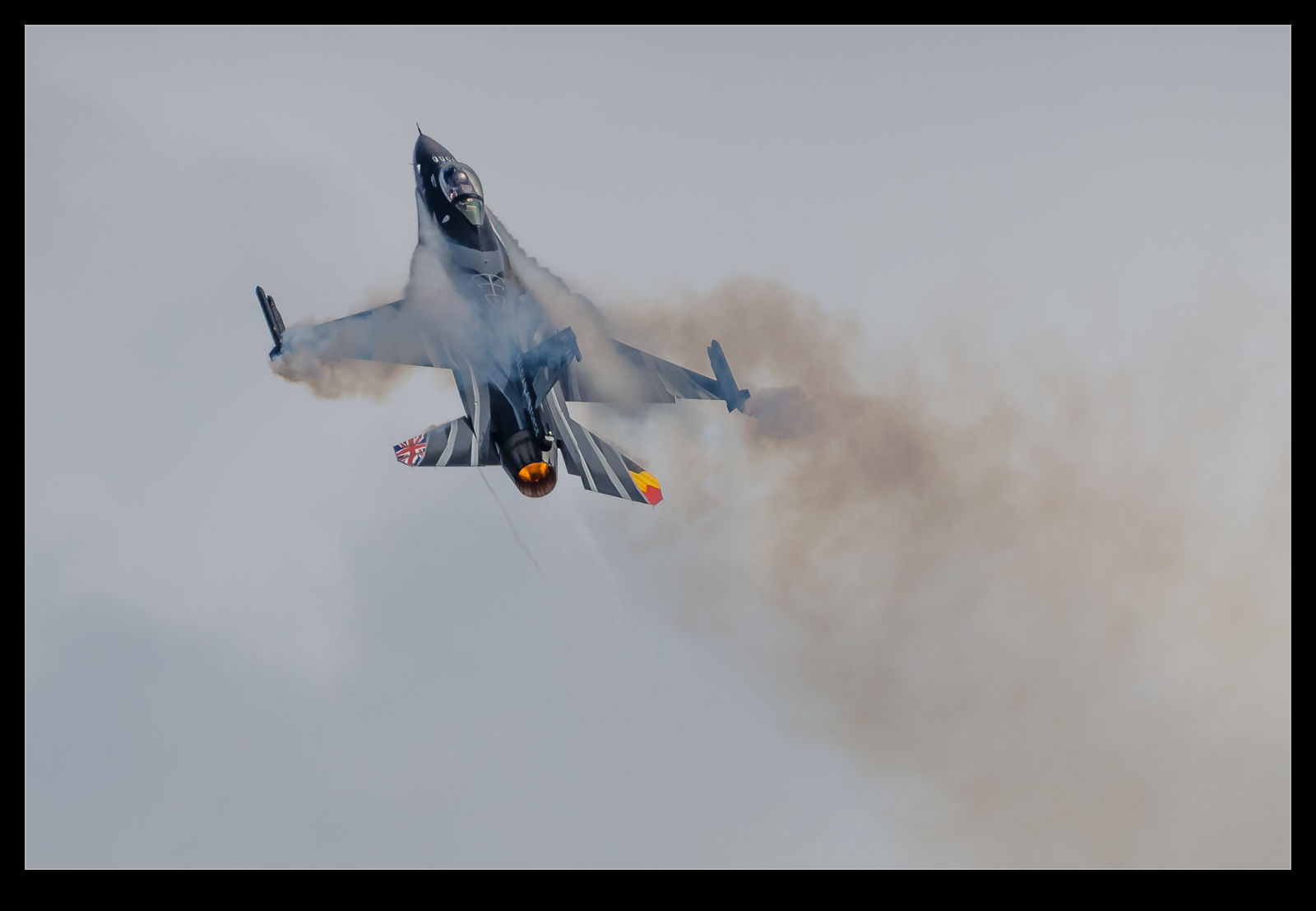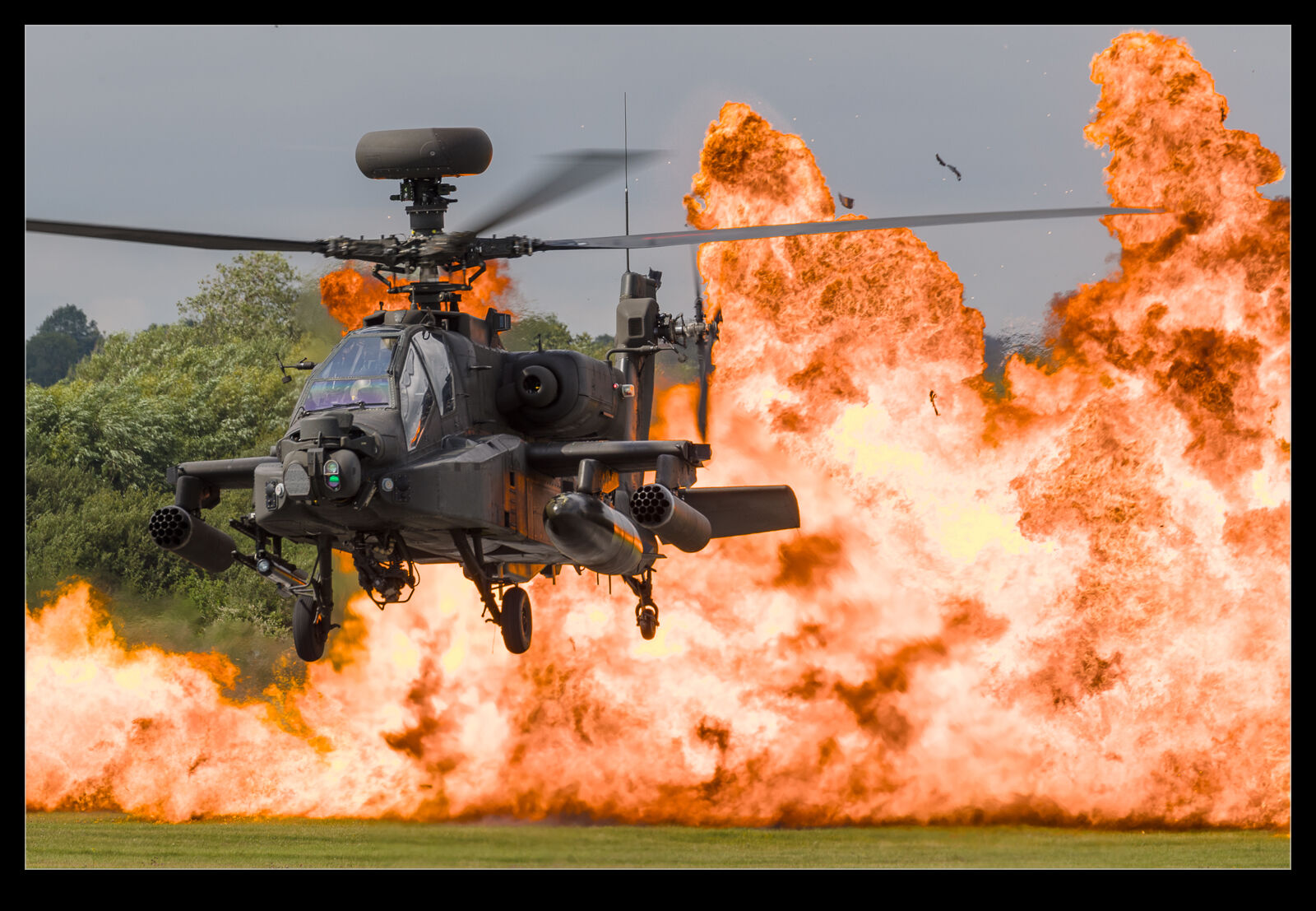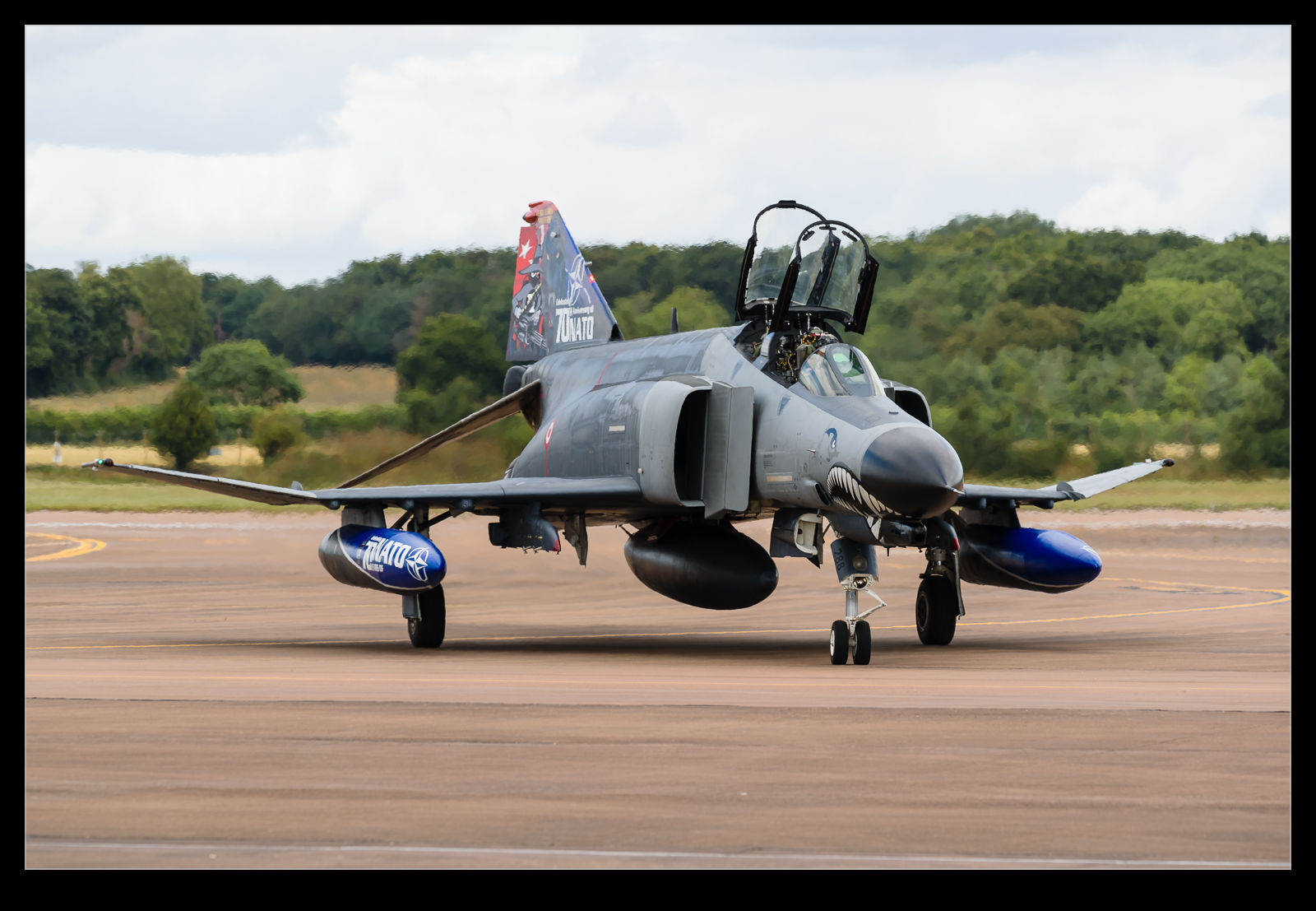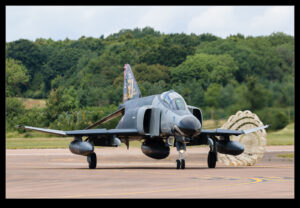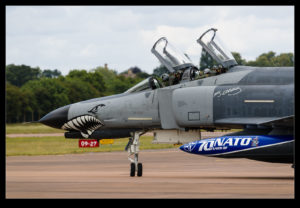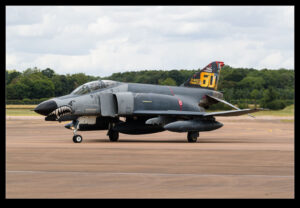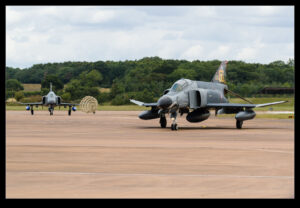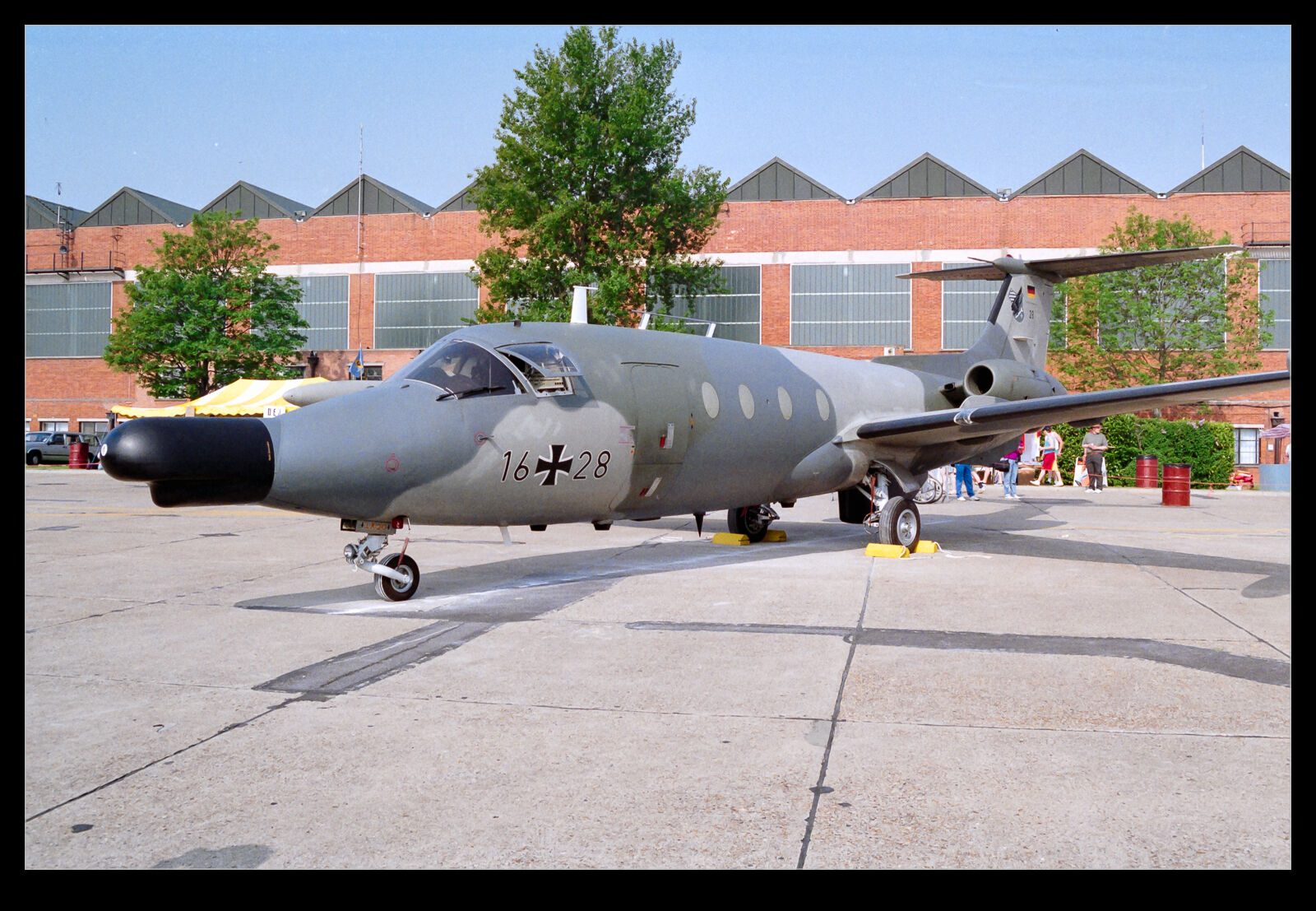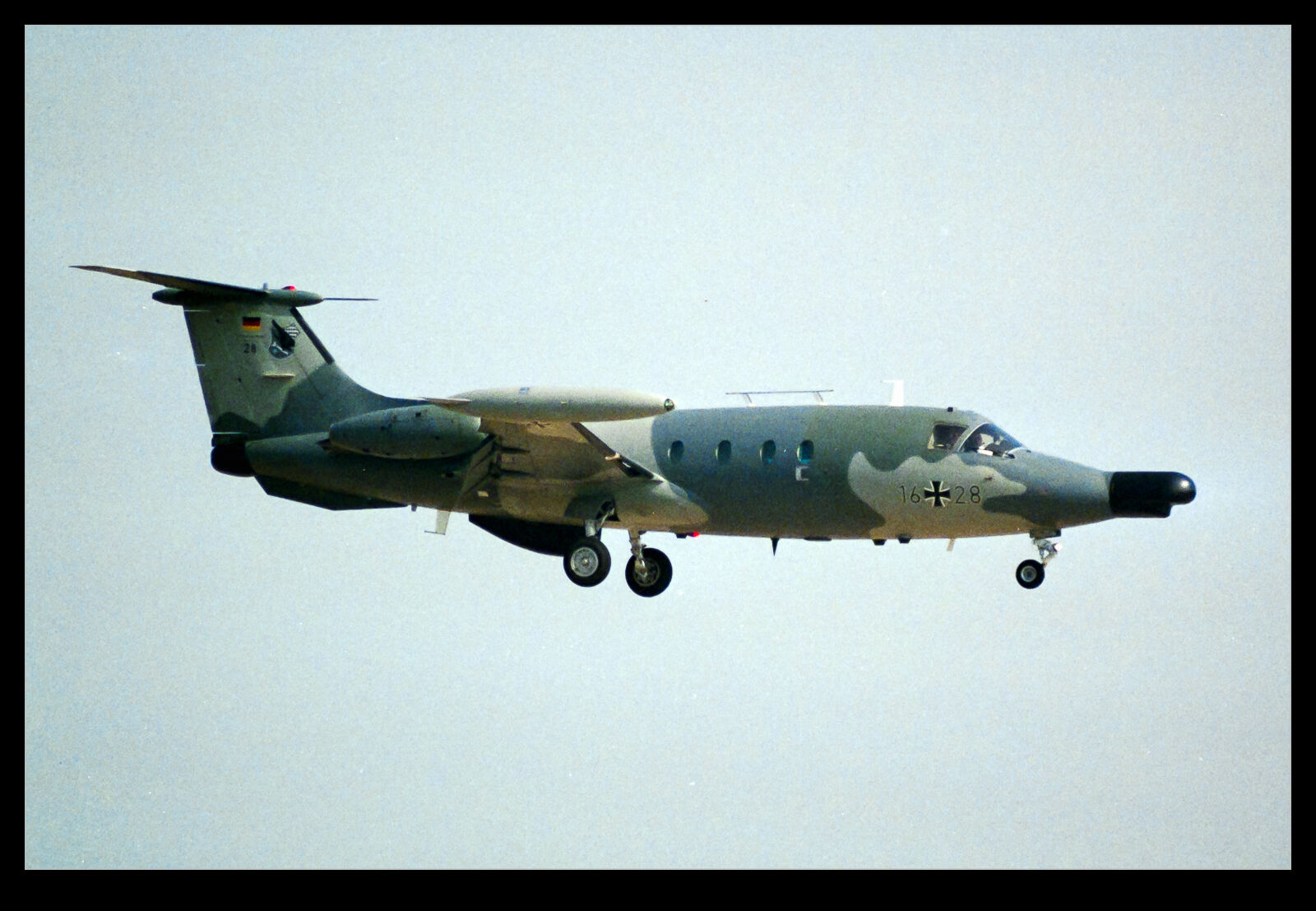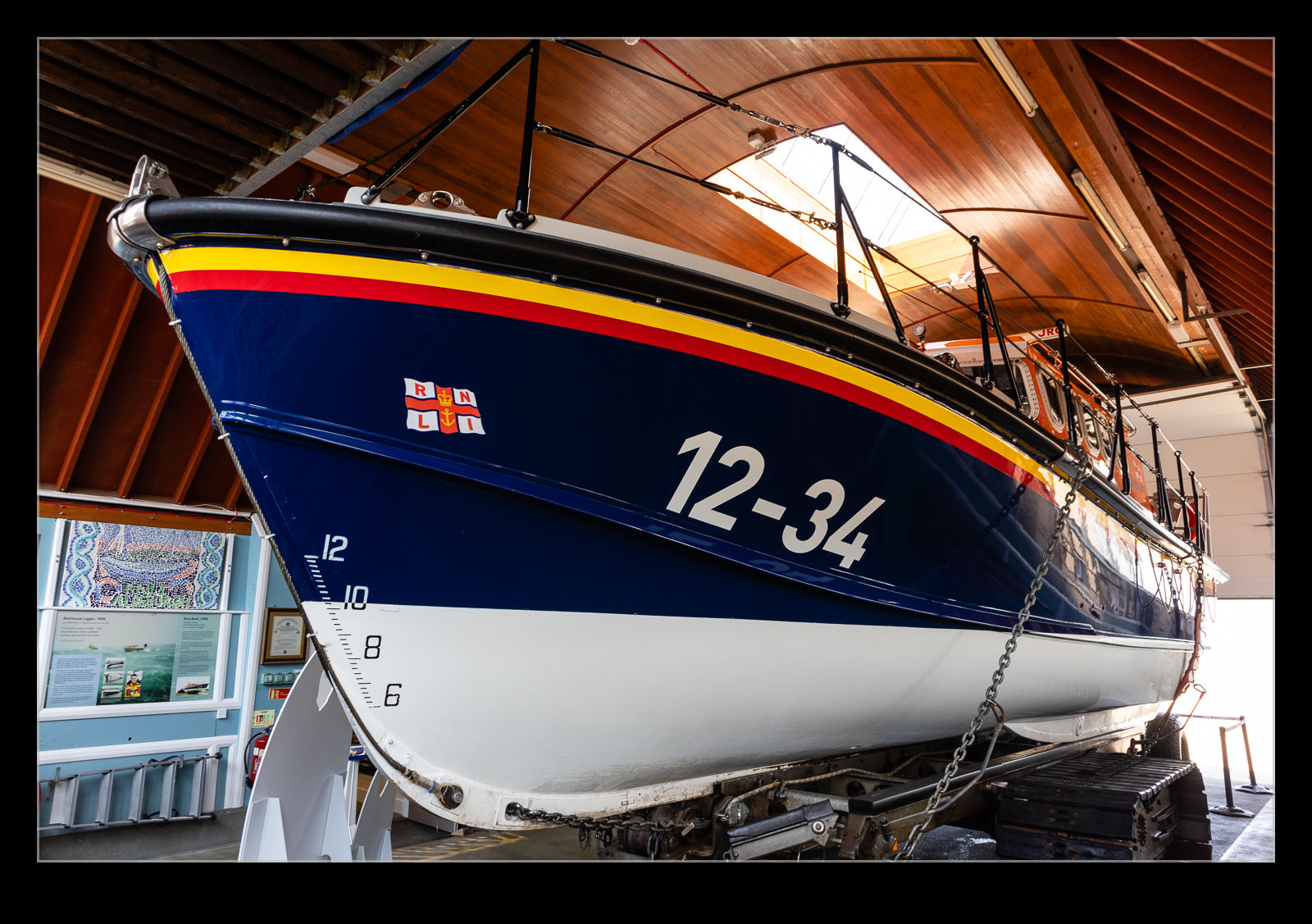 Our UK trip had a bit of an RNLI feel to it. We spent some time at the Bembridge lifeboat station as showed up here and here. When we got to Aldeburgh, it turned out that they also had a lifeboat station. It was quite a modern facility and very different to the Bembridge station. Bembridge has a boathouse with a slipway straight in to the water. Aldeburgh has a trailer mounted boat with a tractor unit to take it down across the shingle to the water’s edge.
Our UK trip had a bit of an RNLI feel to it. We spent some time at the Bembridge lifeboat station as showed up here and here. When we got to Aldeburgh, it turned out that they also had a lifeboat station. It was quite a modern facility and very different to the Bembridge station. Bembridge has a boathouse with a slipway straight in to the water. Aldeburgh has a trailer mounted boat with a tractor unit to take it down across the shingle to the water’s edge.
 The building has space for the boat on one side and the tractor on the other. There is also an inshore boat. The facility seems to be pretty modern with some nice space for the crew to keep their equipment and change when they need to go into service. It was a lot quieter than the Bembridge station with only the occasional visitor but worth a look if you happen to be on this part of the Suffolk coast.
The building has space for the boat on one side and the tractor on the other. There is also an inshore boat. The facility seems to be pretty modern with some nice space for the crew to keep their equipment and change when they need to go into service. It was a lot quieter than the Bembridge station with only the occasional visitor but worth a look if you happen to be on this part of the Suffolk coast.
